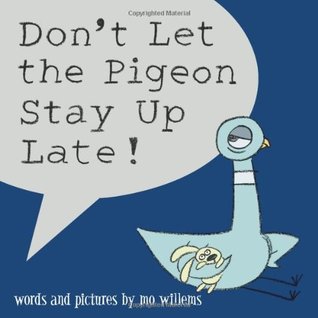I've been asked a few times this year why I went to a flexible schedule. I was recently approached by my library director and Region 10 to talk about the importance of collaborative partnerships and having a flex schedule in an elementary library. I admit, this was WAY out of my comfort zone, but I wanted to advocate for librarians. The video isn't complete yet, but hopefully will be soon.
I was interviewed about my collaborative partnerships and my role as an instructional partner. The video will focus on how library programs are mentioned in the new ESSA (Every Student Succeeds Act).
 |
| This was the part where I was most nervous! |
However, I'm not writing this blog to tell you about how I was nervous during the interview on tape, I want to tell you why I chose to go to a flexible schedule, and tell you that you can too.
Collaborative Partnerships
A collaborative partnership with teachers is an imperative part of a school library program.
I started my first collaborative partnership when I asked a teacher if I could do a mini-lesson with her students using padlet. Other teachers in that grade level got word of the lesson, and wanted their students to learn also. Then a collaborative partnership was born. It started small, but has grown immensely. Sometimes the teacher approaches me regarding a skill the students are having trouble with in class, and sometimes I see a project is coming up for a grade level in the curriculum.
I always try to be respectful of teachers’ time, so I may make a quick mention of something I can help them with in the teachers lounge, or I might send an email. I also made sure to tell them thank you and mention the collaborative project in front of another teacher, which usually opened up an opportunity to collaborate again.
When you have that collaborative partnership with teachers, the lessons can be so much more engaging for the students by bringing in more resources and technology. Also, when the teacher and librarian are modeling collaboration, the students see the collaboration and it helps change the learning environment in the entire school. Plus, you have the classroom teacher and the librarian sharing their expertise and talents.
Self Checkout
In order for students to have access to the library when I’m involved with a lesson, the students use the self-checkout station. The first 2 weeks of school, every student learns to use this station to be able to independently checkout. Teachers can send students individually or in groups as class time permits.
 |
| Region 10 filmed some of my first graders using the self checkout station. |
Instructional Partnership
I believe the most important role of the school librarian is to be a teacher and instructional partner. The library is typically the largest learning space in the building, and has access to the most learning resources available to the students. The librarian should understand the curriculum and provide support for the classroom teacher. When the classroom teacher and the librarian plan together and share the instructional duties, you have doubled the students learning opportunities.
Flexible Schedule is so worth it, even if it is a bit hard to get started. If you can just get one teacher on board to collaborate with you, you will be amazed at what more you can do. If you are interested in starting a flexible schedule at your school, feel free to reach out to me. I'm here as a resource and am happy to help! If you need ideas to get your teachers on board, search my blog for some of the activities I have done with my classes. Also, Nancy Jo Lambert's blog is a great resource as well. She was my motivation!





